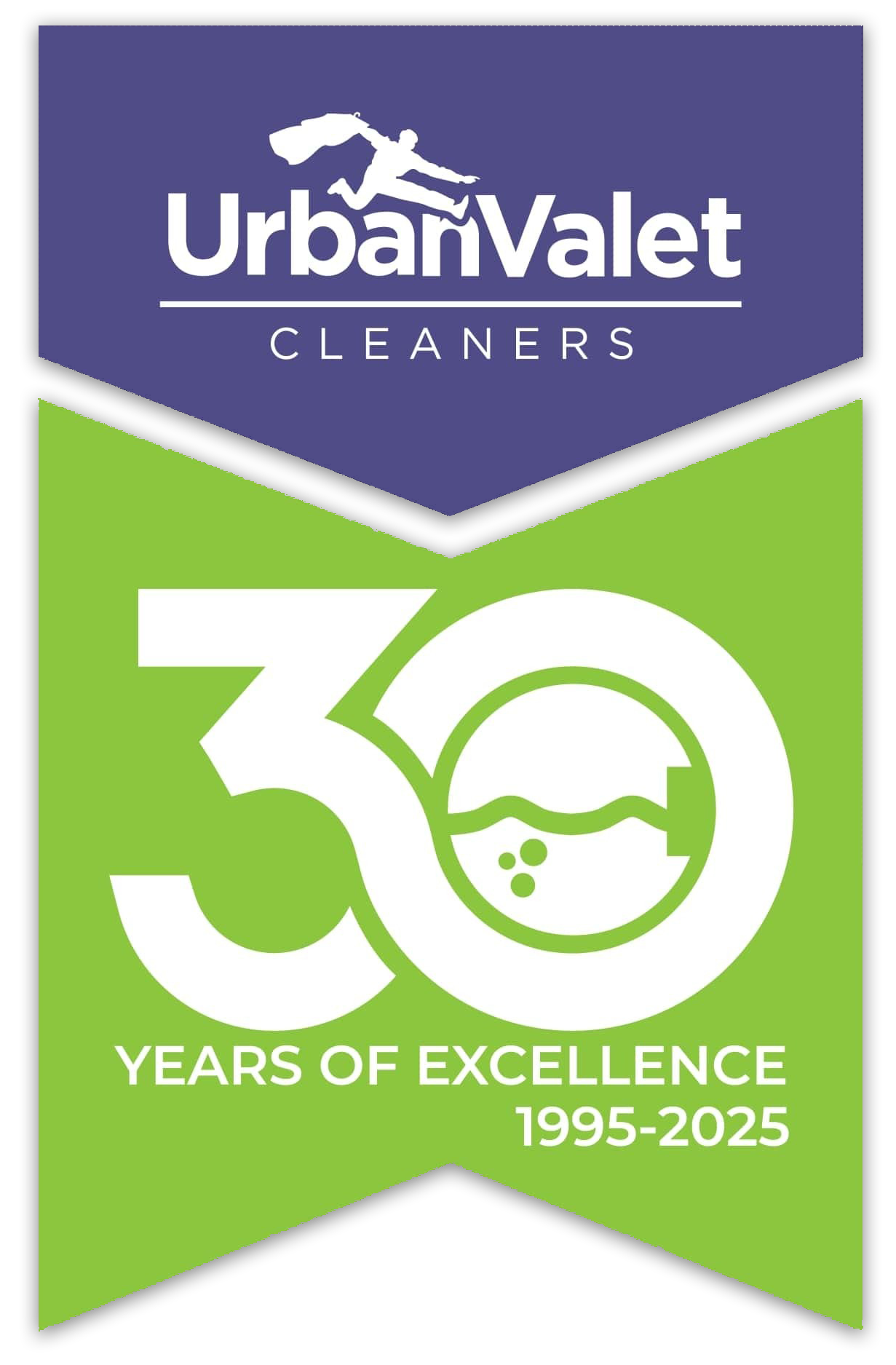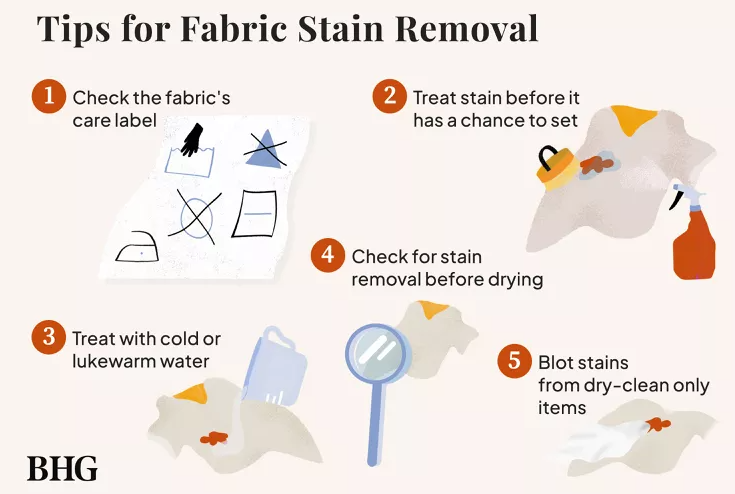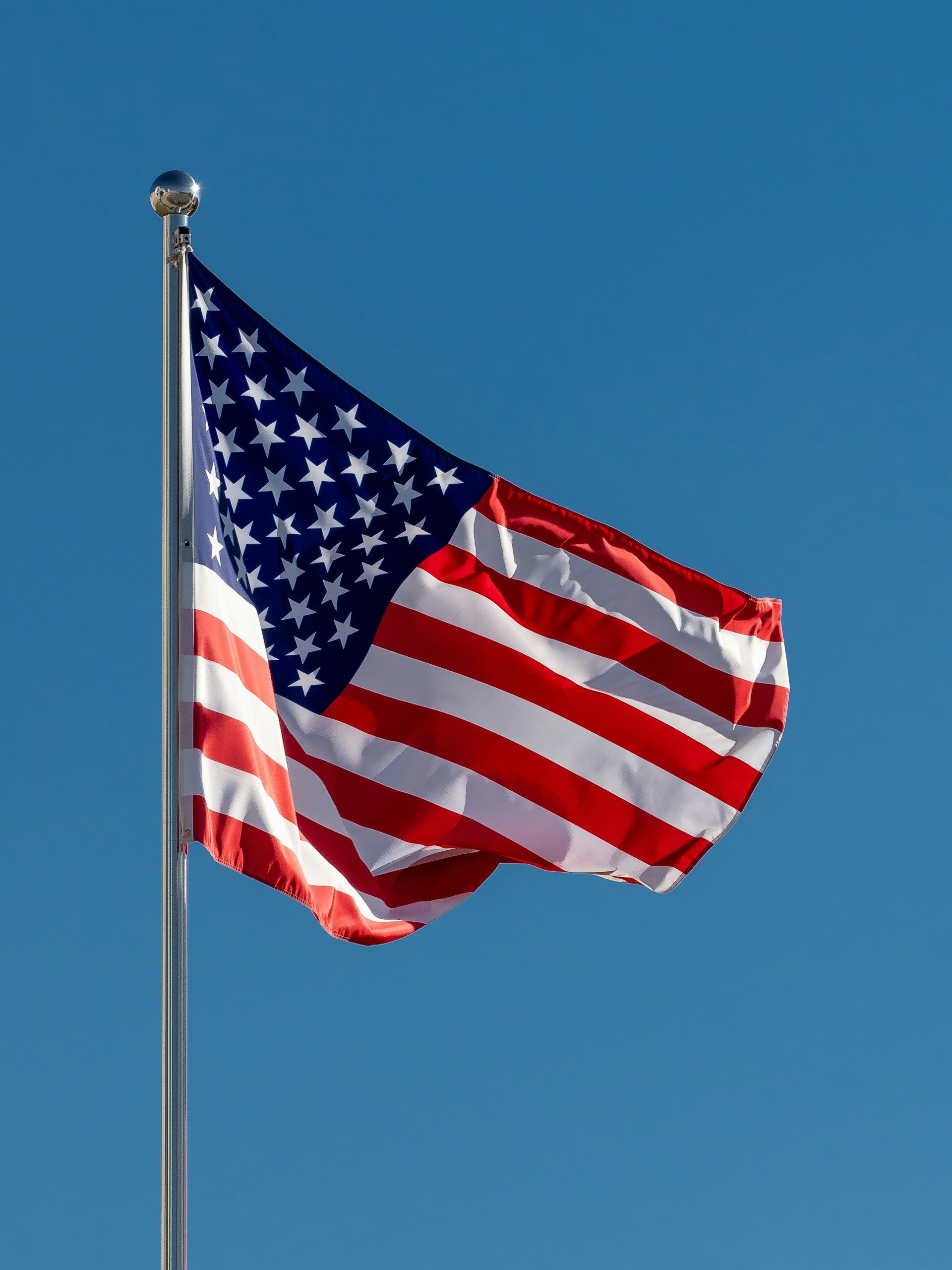No matter how careful we are, sometimes stains happen. Our next blog post discusses the effectiveness of dry cleaning on stains and/or how you can treat them at home. Whether it be red wine on a couch cushion or coffee on your perfectly pressed shirt, we got you covered!
Effectiveness of Dry-cleaning Stains:
There are a lot of factors that go into the success of stain removal, namely, the nature of the stain, the fabric type, and the amount of time the stain was present. Dry cleaning is best at removing oily or greasy stains, like makeup, oil-based foods, and ink. The chemical solvents utilized during the dry-cleaning process can effectively dissolve and remove these types of stains. Additionally, dry cleaning can be effective in removing water-based stains, like wine or coffee, if they haven’t set too deeply into the fabric.
While dry cleaning is an effective method for removing many stains, it is not guaranteed to remove all types of stains. Protein-based stains like blood, sweat, and urine can be harder to get out, as the chemical solvents used in the dry-cleaning process may not entirely dissolve the proteins. In these cases, it is imperative to pretreat the stain before dry cleaning. Also, dye-based stains may be difficult to remove through any type of cleaning method. If you are able, treat each stain as promptly as possible, and seek professional assistance for optimal results.
Different types of stains and how you can treat them at home:
Blood
Sponge a wet blood stain with cold water right away. If the item is machine-washable, soak in cold water first and then launder. For dried stains, soak in warm water with detergent-containing enzymes before laundering. If the item is non-washable, flush the stain with cold water and apply diluted white vinegar to the stain with an eyedropper, before rinsing with cool water.
Coffee
Treat right away by sponging the spot with cold water. If the item is machine washable, soak the stain in cool water and pretreat with a liquid laundry detergent. Launder with chlorine bleach if safe for the fabric. If the item is non-washable, apply diluted white vinegar to the stain with an eyedropper and flush the spot with cool water.
Grass
When treating grass stains, as with every stain, it is important to treat them right away. Before putting it in the washing machine, pretreat with stain remover or liquid laundry detergent. Launder with hot water. If the item is non-washable, apply diluted white vinegar to the stain with an eye dropper and flush the spot with cool water.
Ink
Ink stains should be pretreated with stain remover and laundered as usual for machine washables. If the stain persists, place the item on clean paper towels and sponge the area around the stain with denatured alcohol before applying solvent to the stain, rinse well, and launder. If the item is non-washable, create a solution of glycerin, clear dishwashing detergent, water, and a few drops of white vinegar and apply to the stain. Let the item stand for 30 minutes, adding more solution to keep the stain moist, then rinse.
Lipstick and Oil-based Makeup Stains
When treating machine-washable lipstick and oil-based makeup stains, do not use water. Blot mineral oil onto the stain and let it sit for 15 minutes. Blot the excess oil, then sponge with ammonia and water mixture before rinsing thoroughly. Non-washables, except for wool and silk, can be treated the same way as washables. Wool and silk cannot be treated with ammonia and need to be taken to the dry cleaners for treatment.
Red Wine and Sauces
For red wine, apply hydrogen peroxide to the stain and cover with a clean dry cloth overnight. If the stain persists, launder it with cool water or bring it to the dry cleaners. When treating sauce stains, sponge with cold water right away. For machine washables, pretreat with cool water and a prewash stain remover before laundering. For non-washables, apply diluted white vinegar to the stain with an eyedropper and flush the spot with cool water.
You can find a more comprehensive list of stains, and how to treat them, in “The Ultimate Guide to Removing Every Type of Fabric Stain from Clothing” from Better Homes and Gardens Magazine. As always, feel free to contact us for pickup and delivery or visit any of our retail locations. Please make sure to detail the nature of the stain and fabric when you drop your item off for the most effective results! We want to make sure you look and feel your best!




